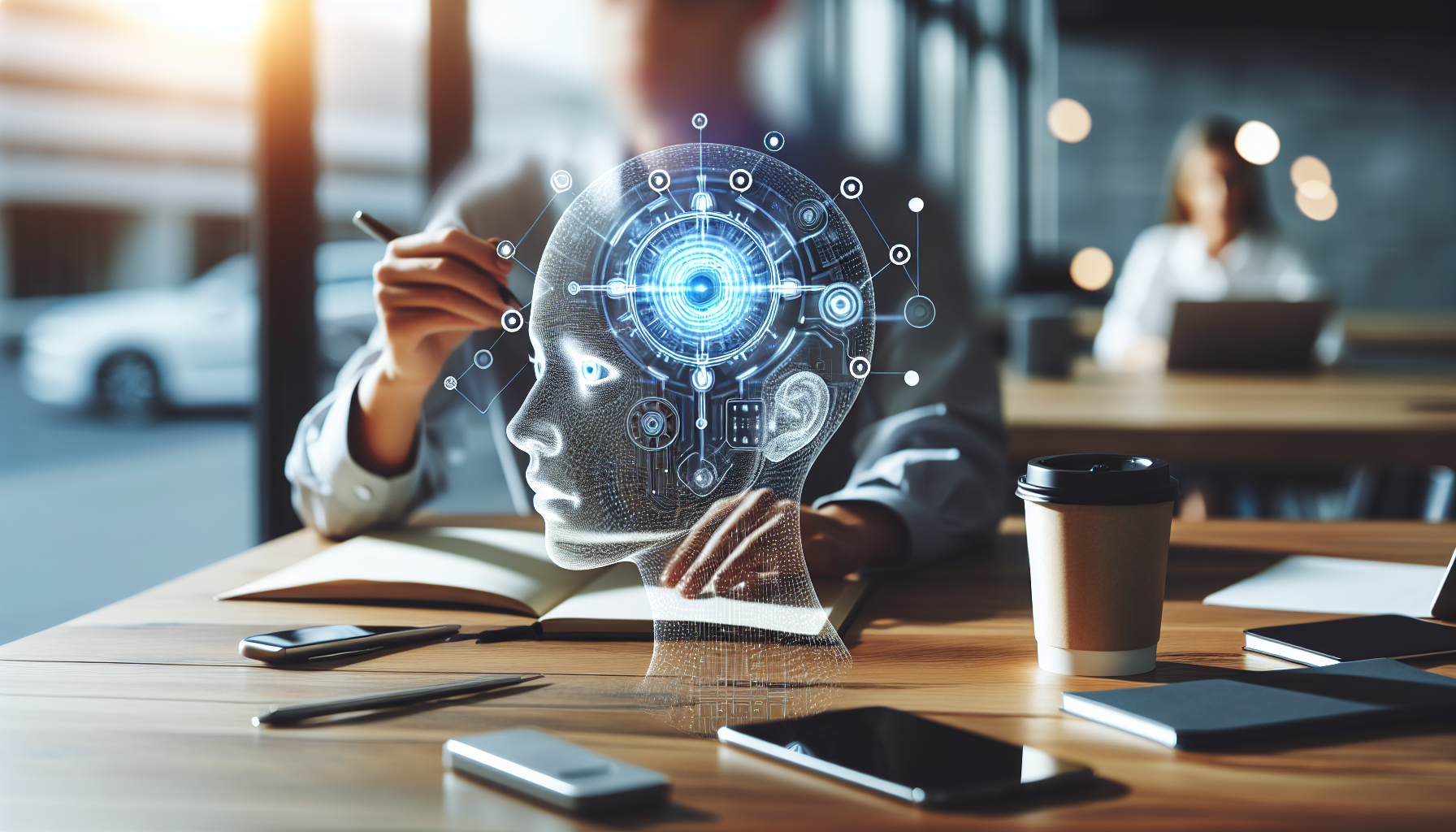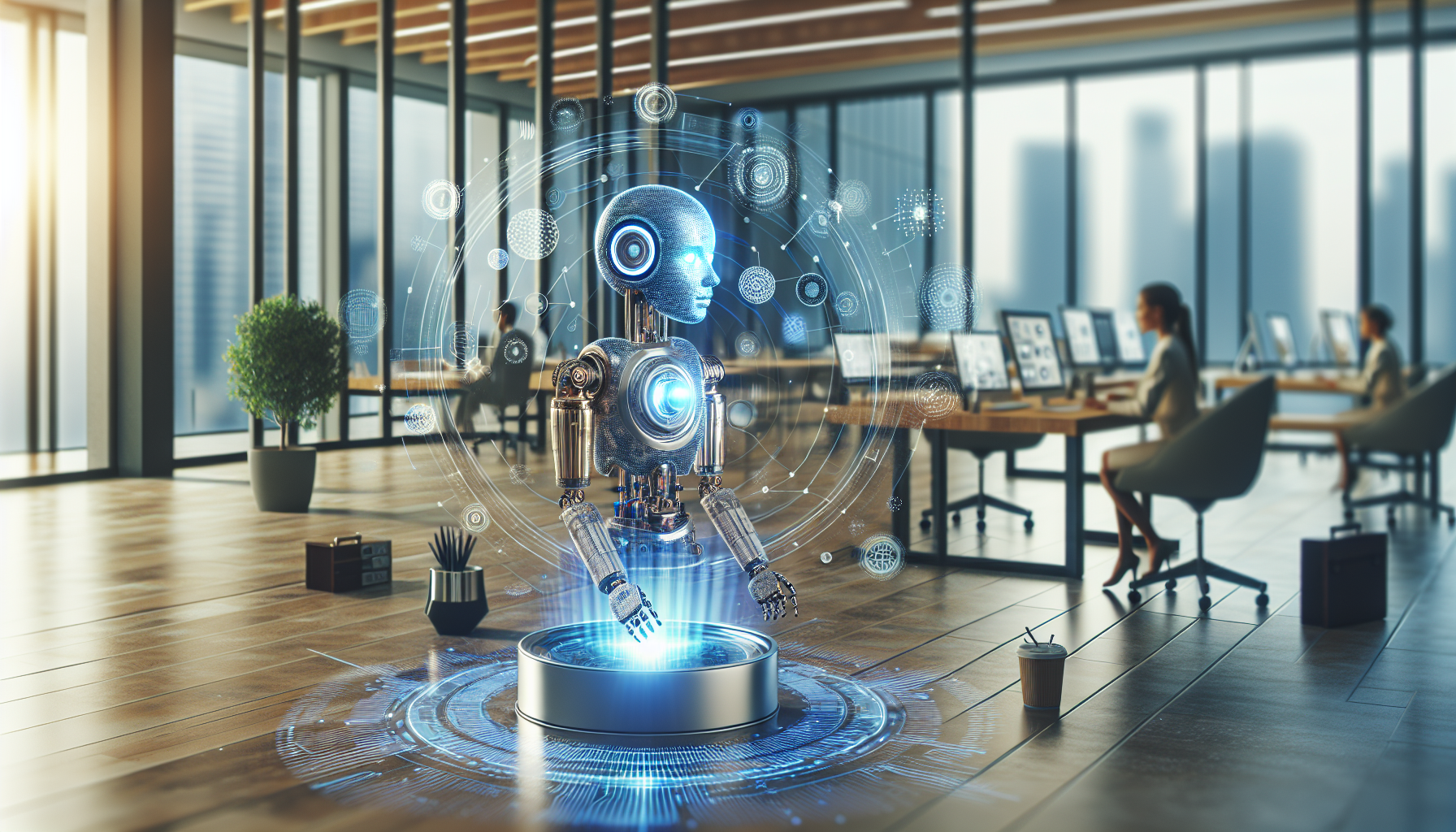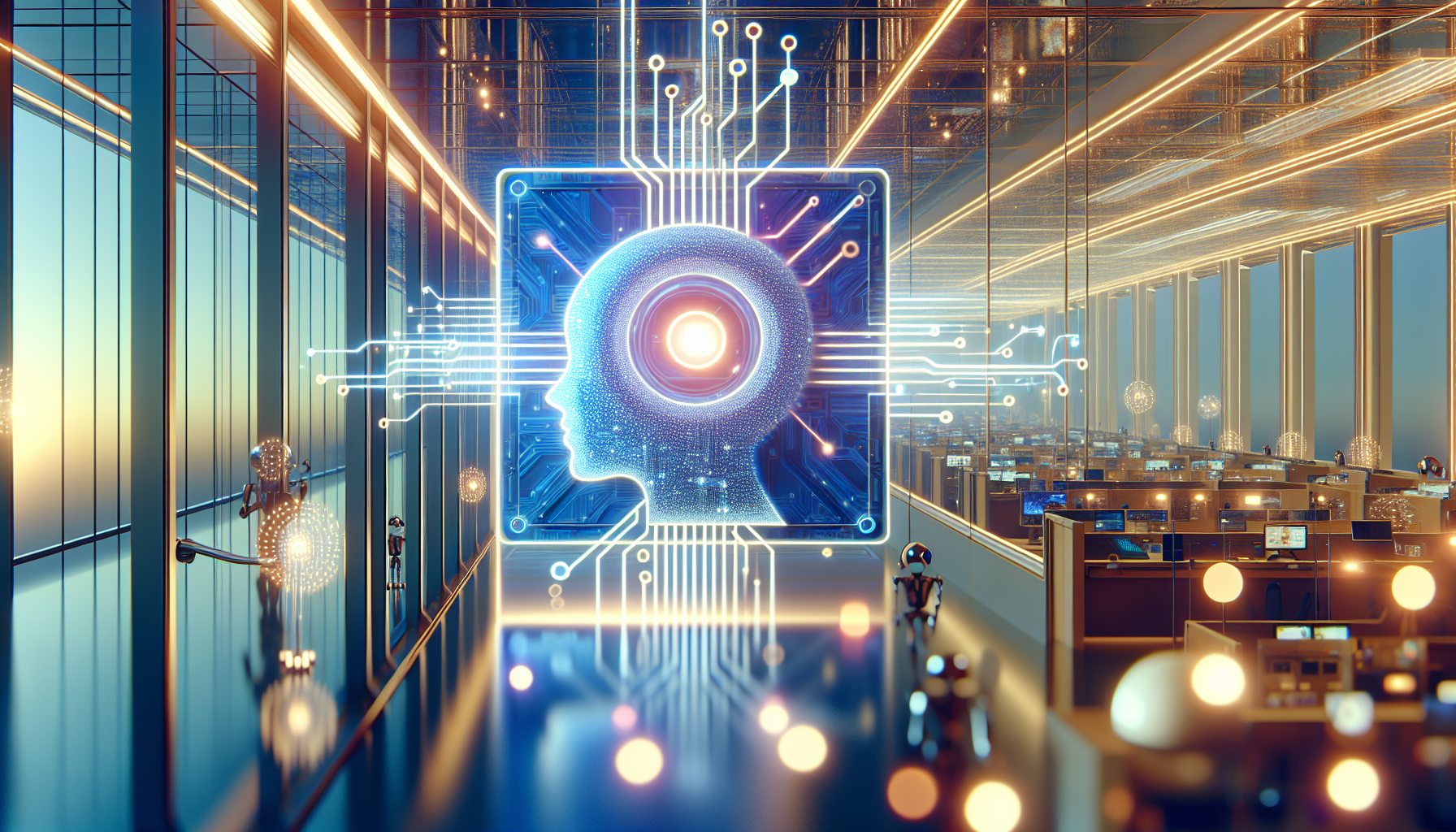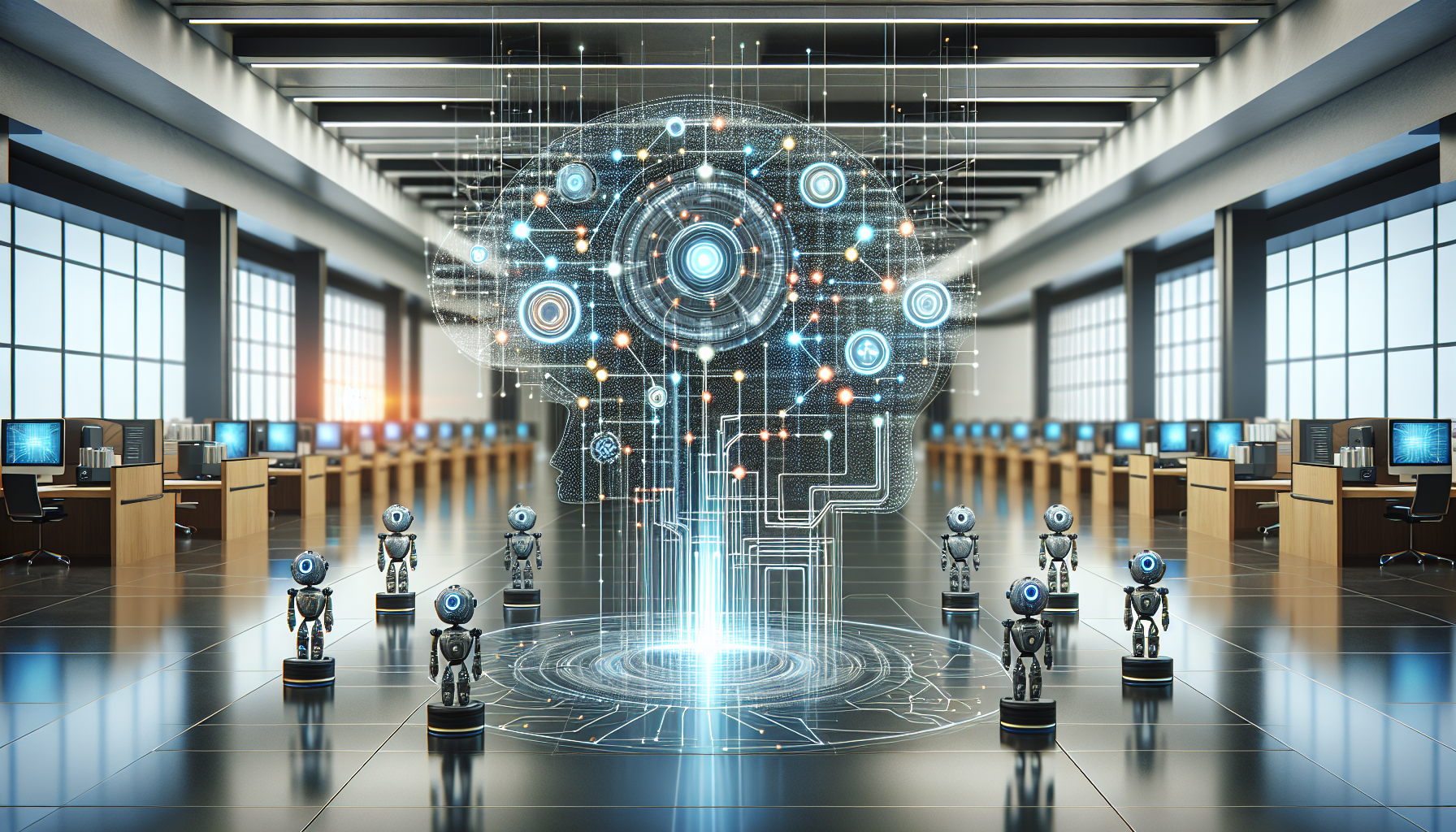
Machine Learning vs. Deep Learning: Charting the Future of AI Evolution
October 18, 2025
The stark contrasts between machine learning and deep learning are shaping the future of artificial intelligence, and understanding these differences is crucial for anyone seeking to grasp the potential impact of AI on our world. As we look ahead, the ways these technologies could evolve will likely redefine industries, revolutionize economies, and alter the fabric of society itself.
Machine learning, at its core, involves algorithms that parse data, learn from it, and then apply what they've learned to make informed decisions. It is akin to teaching a computer to recognize patterns and make predictions based on historical data. This technology has already found its way into everyday applications from spam filtering to recommendation engines, demonstrating its broad utility and versatility.
Deep learning, a subset of machine learning, takes this concept to a new level by mimicking the neural networks of the human brain. It processes data through layers of artificial neurons, enabling it to tackle more complex tasks like image and speech recognition. The transformative power of deep learning is evident in its ability to outperform humans in specific tasks, such as identifying objects in images or transcribing speech with remarkable accuracy.
The future implications of these technologies are profound. Imagine a healthcare system where deep learning algorithms diagnose diseases with unparalleled precision, predicting outbreaks before they occur, or an educational platform that adapts in real-time to the learning style of each student, providing personalized instruction that optimizes their potential. These are not merely speculative dreams but feasible realities that are within our grasp.
Critically, the future of AI will be defined by the synergy between machine learning and deep learning. While deep learning is often heralded as the more advanced form, machine learning remains indispensable, especially in scenarios where interpretability and faster training are essential. In many applications, the simplicity and efficiency of traditional machine learning models provide the best solution.
For businesses, this means the decision between machine learning and deep learning isn't simply a matter of choosing the most advanced option. Instead, it requires a nuanced understanding of the specific needs and constraints of each situation. Resources, desired outcomes, and the nature of the data available all play a pivotal role in determining which approach is most appropriate.
Moreover, the ethical considerations surrounding these technologies cannot be overlooked. As AI systems become more autonomous, issues of bias, privacy, and accountability become even more pressing. The future will demand robust frameworks to ensure that machine learning and deep learning systems are developed and deployed responsibly, mitigating risks while maximizing benefits.
Predictions for the future of AI also include an increased democratization of these technologies. As tools and platforms become more accessible, individuals and smaller enterprises will harness the power of AI in innovative ways, unlocking new possibilities and fostering a more competitive and dynamic marketplace. This democratization will spur creativity, leading to breakthroughs that today seem unimaginable.
Furthermore, the integration of AI into the Internet of Things (IoT) will likely accelerate, creating smarter environments that anticipate and respond to human needs with unprecedented efficiency. From smart homes that optimize energy use to cities that manage resources and infrastructure intelligently, the potential for improved quality of life is enormous.
Nevertheless, as we anticipate these advancements, it's crucial to remain vigilant. The rapid pace of AI development necessitates ongoing dialogue among technologists, policymakers, and society at large to ensure that the trajectory of machine learning and deep learning aligns with our collective values and aspirations.
The question then arises: how will we harness the immense potential of machine learning and deep learning to create a future that is not only technologically advanced but also equitable and sustainable? This question is not merely academic; it is a call to action for all stakeholders involved in the AI revolution.
As we chart this course, the challenge will be to blend innovation with responsibility, ensuring that the AI of tomorrow enhances human well-being and fosters a world that is not just more intelligent, but also more just.


